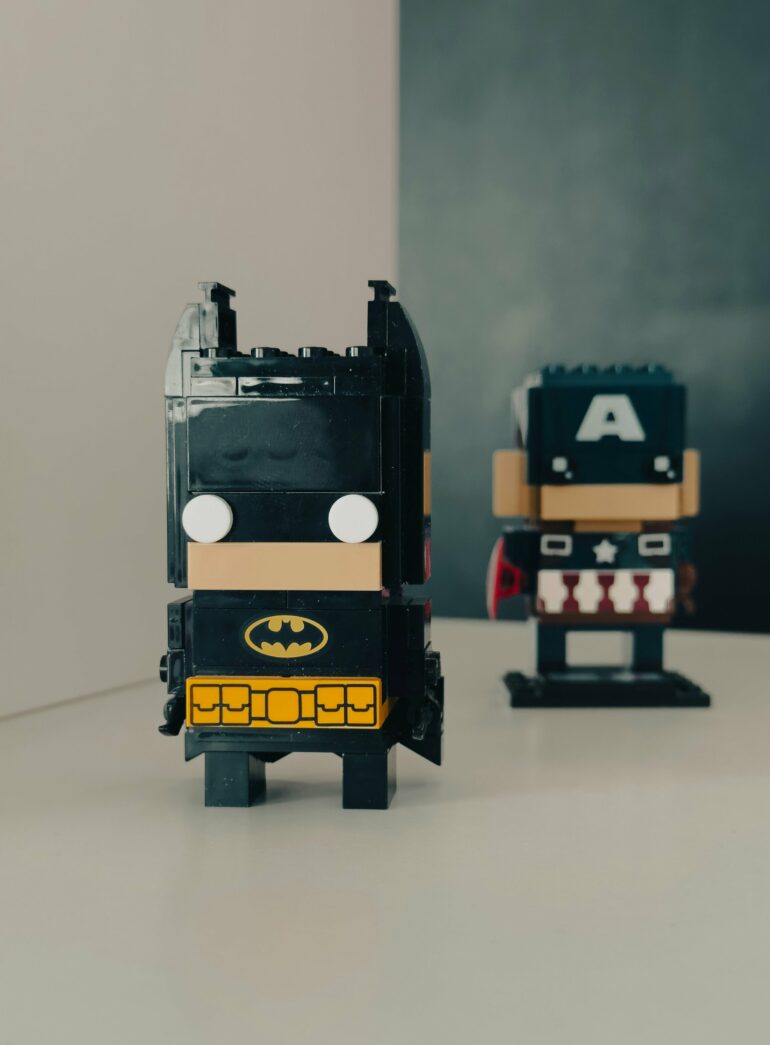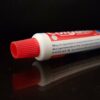In a study of characters from the Marvel and DC cinematic universes, the amount of potentially traumatic events a character experienced in childhood—as measured by a real-life questionnaire—had no bearing on whether they were a hero or villain. Julia Wigmore of the University of Calgary, Canada, and colleagues present these findings in the journal PLOS ONE.
The adverse childhood experiences (ACE) questionnaire is widely used by researchers and clinicians to tally potentially traumatic events that can occur during childhood, such as abuse or neglect. A higher ACE score indicates a more challenging childhood and has been linked to a greater risk of health problems.
Popular media, including superhero films, often feature characters influenced by rough childhoods. Since superhero films are watched by millions of people, Wigmore and colleagues surmise that such portrayals might influence how people perceive the real-world impact of ACEs.
To better understand the portrayal of ACEs in superhero movies, they watched 33 Marvel or DC movies and used the ACE questionnaire to score 19 male characters, 8 female, and 1 gender fluid, based on the films’ portrayals of their childhoods. The study included such characters as Batman, Spiderman, Black Widow, and Wonder Woman.
The analysis found no statistically significant link between ACE scores and whether a character was a hero or villain; each group included characters with a range of ACE scores, suggesting that in these films, adverse childhood experiences did not doom characters to become villains. ACE scores also did not differ significantly between male and female characters or between DC and Marvel films.
These findings align with the real-world idea that ACE scores may not predict deviant behaviors, but instead may indicate potential risks and illuminate areas where extra support could help. The study also exemplifies an unconventional approach to exploring representations of childhood trauma.
Further research is needed to understand the potential implications of this study for children who watch superhero films, such as whether superheroes with rough childhoods could be effective role models. Future studies could also address the limitations of this study, such as by incorporating additional—particularly female—characters, exploring psychological factors beyond ACEs, and addressing the challenge of classifying certain characters as heroes versus villains.
The authors add, “Our study found that anyone could be a superhero, regardless of their childhood, gender, or cinematic universe. We hope that children will be inspired by superheroes who have overcome challenges to be resilient in their own lives.”
More information:
Julia Wigmore et al, Are adverse childhood experiences scores associated with heroism or villainy? A quantitative observational study of Marvel and DC Cinematic Universe characters, PLOS ONE (2025). DOI: 10.1371/journal.pone.0315268
Provided by
Public Library of Science
Citation:
In Marvel and DC movies, rough childhoods do not doom characters to become villains (2025, January 15)



